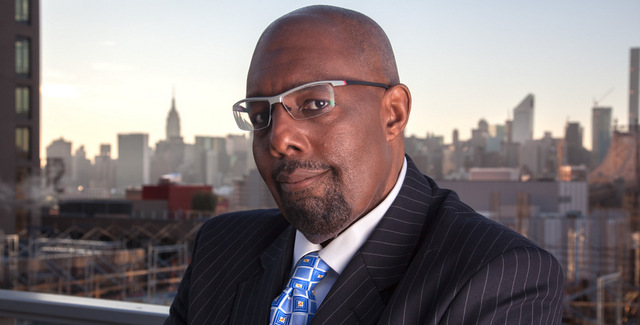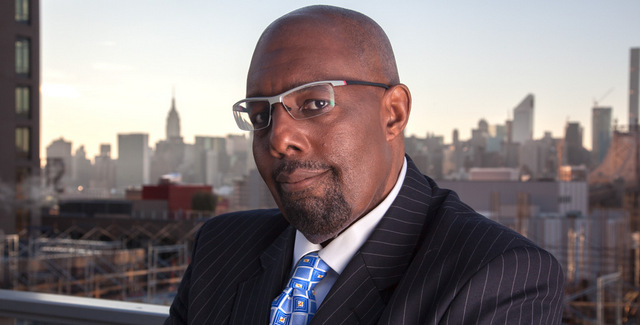[ad_1]
By J. K. Schmid, Special to the AFRO
“Everybody knows how hard policing is, they just don’t understand why the police are never wrong,” Matthew Horace told the AFRO.
Horace, a veteran police officer and federal agent, and now security and policing expert contributor to news organizations such as CNN and MSNBC has co-authored a book with Howard University journalism professor and former AFRO Editor Ron Harris.

“I was always being called on air, almost every week for another shooting of a Black man in the United States, and I started looking for a co-writer and Ron and I were brought together through our publisher and some like agents,” Horace said in phone interview on the eve of the book’s publication. “And I knew after the first time we talked, having spoken to three or four people before him, he was the one for this job.”
“The Black and the Blue: A Cop Reveals the Crimes, Racism, and Injustice in America’s Law Enforcement,” was initially proposed as a deep dive into Horace’s conceptualization of ‘coptics,’ the perception, or optics, of police in the digital and social media age where police misconduct can come under almost instant national scrutiny.
“We couldn’t ignore the things that were happening when we were writing, and there were a lot of these incidents while we were doing the book,” Horace said.
The book attempts to bring the reader to the current moment through Horace’s own and a selection of other officers’ narratives. Officers start their careers amidst an apocalyptic crack epidemic, and resort to mass arrest and incarceration against a backdrop of continuing struggles to integrate Blacks into police forces and their communities across the country.
It’s a narrow, or at least focused, view that accounts for a current generation of police perspective and goes as far back as perspective of the officers who trained them.
It’s a breezy, easy read starting with how Black men are seen by cops and their community-in and out of uniform, and moving on to how the shooting death of Michael Brown came at the conclusion of a long litany of injuries orchestrated allegedly through Ferguson, Missouri’s executive branch colluding with its judiciary to loot the poorest and Blackest parts of town through excessive and sometimes fabricated ticketing of residents.
Taking a brief turn to New Orleans, “The Black and the Blue” describe the start and end of the career of a police officer that was caught robbing a restaurant and murdering as many employees as she could find and the later massacre at Danziger bridge, to show U.S. policing at its worst.
The book interviews former Baltimore City Police Commissioner and current Coppin State University Chief of Campus Police Leonard Hamm for insights into the police problems of Baltimore and the country at large. The interview comes prior to trial and conviction of Baltimore’s Gun Trace Task Force.
The book also concludes prior to the very public arrest of two Black men at a Philadelphia Starbucks in April, but Harris maintains that his and Horace’s book predicts how and why this happened.
“They may not have even wanted to do this, so what happened: the policy, the practices, the way we do business said ‘You’ve gotta go follow this order and arrest these guys.’” Harris said. “And even if those officers see this and realize ‘You know, this is not a good look.’ That’s what they had to do.”
The book finds itself somewhere between local Baltimore narratives such as police misconduct is attributable to “a few bad apples” and the opposite narrative that these abuses are an entirely structural problem.
The authors place much of the burden on the communities being policed to begin repairing the rift, suggesting, for example, the nomination of a liaison between local leaders and the police in their neighborhood. Part of this is inspired by the realization that police cannot adequately manage problems like homelessness and mental illness.
While “The Black and the Blue” is a timely account of the current moment, there’s a sense that the word may come too late.
“The Black and the Blue: A Cop Reveals the Crimes, Racism, and Injustice in America’s Law Enforcement” is available now.
[ad_2]
Source link


